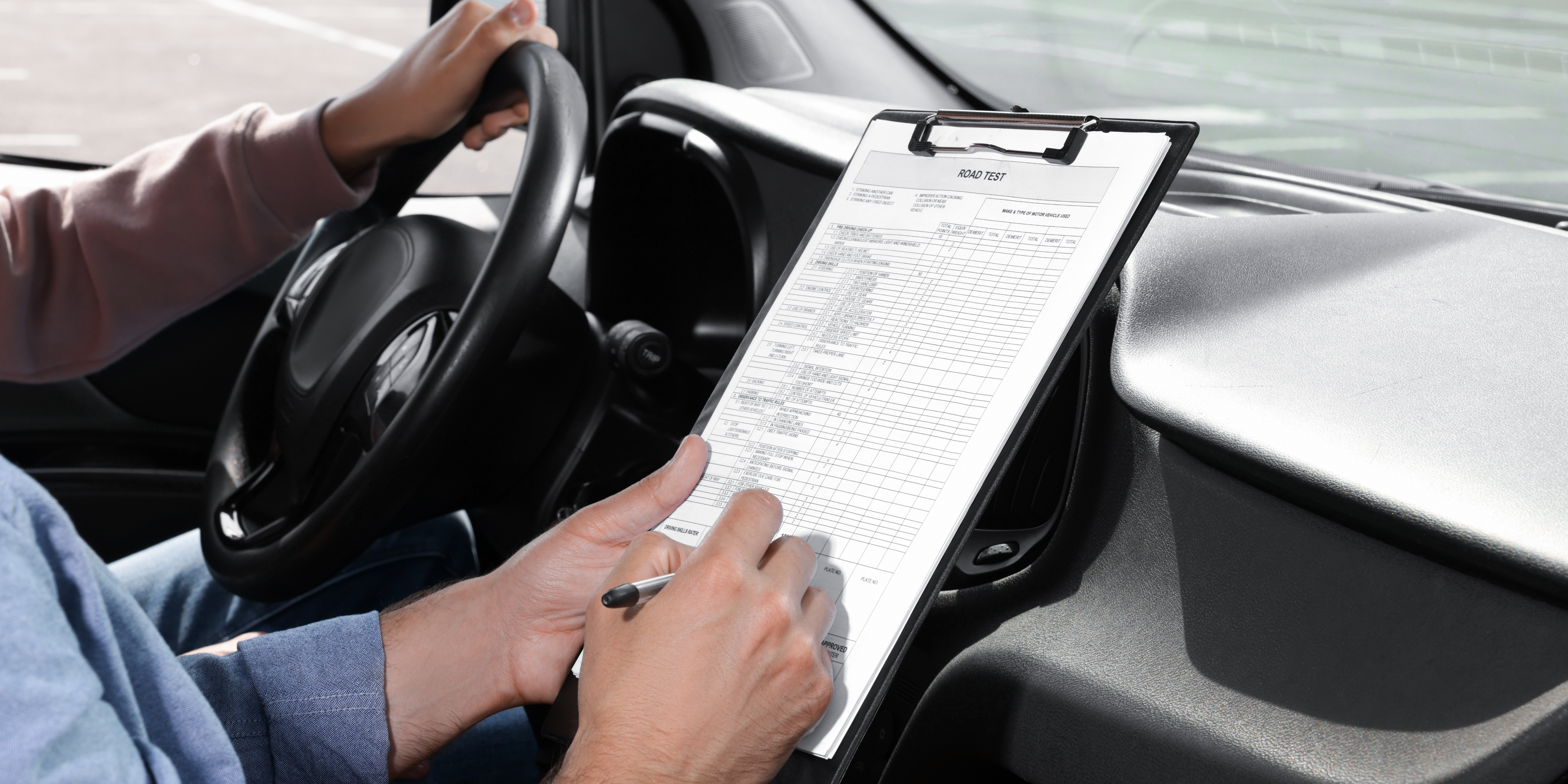Becoming a new driver is an exciting milestone, but it can also be daunting. With newfound freedom comes the responsibility of navigating complex roadways and understanding traffic laws. Unfortunately, many new drivers fall into common traps that can lead to unsafe situations or even accidents. In this post, we’ll explore the top mistakes new drivers often make and provide practical tips on how to avoid them.
1. Not Using Turn Signals
One of the most common mistakes new drivers make is failing to use their turn signals. This simple action is crucial for communicating intentions to other road users, and neglecting it can lead to confusion and accidents.
How to Avoid This Mistake:
- Make it a Habit: Before making any turn or lane change, always signal in advance. A good rule of thumb is to signal at least 100 feet before your maneuver.
- Practice Awareness: Train yourself to check your mirrors and blind spots before signaling. This will reinforce the habit of being aware of your surroundings.
2. Speeding or Driving Too Slowly
New drivers may struggle with maintaining appropriate speed. Some may be tempted to speed to keep up with other vehicles, while others may drive too slowly out of fear or uncertainty.
How to Avoid This Mistake:
- Know the Speed Limits: Familiarize yourself with the speed limits in different areas, including residential, school zones, and highways. Always adjust your speed according to conditions, such as weather and traffic.
- Stay Comfortable: If you feel uncomfortable driving at the speed of traffic, it’s okay to go slightly below the limit, but make sure you’re not impeding traffic flow. Find a balance that feels safe.
3. Distracted Driving
With smartphones and other distractions readily available, new drivers often find it challenging to stay focused on the road. This can lead to dangerous situations, as distraction is one of the leading causes of accidents.
How to Avoid This Mistake:
- Put Your Phone Away: Before you start driving, silence your phone and place it out of reach. If you need to use GPS, set it up before you begin driving.
- Limit Passengers: While it’s tempting to take friends along for the ride, having too many passengers can create distractions. Start with one or two trusted passengers who understand the importance of focusing on the road.
4. Failing to Adjust Mirrors Properly
Improperly adjusted mirrors can create blind spots, making it difficult to see vehicles around you. New drivers often overlook the importance of correct mirror positioning.
How to Avoid This Mistake:
- Adjust Before Driving: Take the time to adjust your rearview and side mirrors before you hit the road. Make sure you can see the lane beside you and the rear of your vehicle.
- Regular Checks: Get into the habit of checking your mirrors frequently while driving, especially before changing lanes or merging.
5. Ignoring Weather Conditions
Many new drivers underestimate how weather conditions can affect driving. Rain, snow, fog, and ice can significantly alter road dynamics and visibility.
How to Avoid This Mistake:
- Stay Informed: Check the weather before you drive. If conditions are severe, consider postponing your trip if possible.
- Adjust Driving Habits: Slow down in adverse conditions, increase your following distance, and use headlights appropriately. Familiarize yourself with how your car handles in different weather.
6. Poor Lane Discipline
New drivers may struggle with staying in their lanes, particularly when merging or changing lanes. This can lead to dangerous situations, especially on busy roads.
How to Avoid This Mistake:
- Use Lane Markings: Pay attention to lane markings and keep your vehicle centered within your lane. If you find yourself drifting, gently correct your steering.
- Practice Lane Changes: Before changing lanes, signal, check mirrors, and glance over your shoulder to ensure the lane is clear. Practice this in low-traffic areas until you feel comfortable.
7. Not Understanding Right-of-Way Rules
Confusion about who has the right of way is common among new drivers, which can lead to hesitation or unsafe decisions at intersections.
How to Avoid This Mistake:
- Study Right-of-Way Rules: Familiarize yourself with right-of-way rules at intersections, including four-way stops and yield signs. Know when to yield and when you have the right of way.
- Practice in Real Scenarios: If possible, practice these situations with a licensed driver who can guide you through the rules and help reinforce them.
8. Overconfidence
After passing the driving test, many new drivers feel overconfident in their skills. This can lead to risky behavior, such as aggressive driving or ignoring traffic laws.
How to Avoid This Mistake:
- Stay Humble: Remember that learning doesn’t stop after getting your license. Commit to continuous improvement and remain open to feedback.
- Limit Risky Situations: Avoid driving in challenging conditions or situations (like heavy traffic) until you feel more confident in your abilities.
9. Neglecting Vehicle Maintenance
New drivers may overlook regular vehicle maintenance, which can lead to mechanical issues while on the road. This can be particularly dangerous if a problem arises unexpectedly.
How to Avoid This Mistake:
- Regular Checks: Familiarize yourself with basic vehicle maintenance tasks, such as checking oil levels, tire pressure, and brake functionality. Create a maintenance schedule to stay organized.
- Know When to Seek Help: If you’re unsure about a potential issue, don’t hesitate to consult a mechanic. It’s better to be safe than sorry.
10. Failure to Practice Defensive Driving
Defensive driving involves anticipating potential hazards and reacting proactively to avoid accidents. New drivers often forget this critical aspect of safe driving.
How to Avoid This Mistake:
- Stay Aware of Surroundings: Keep an eye on other vehicles, pedestrians, and cyclists. Anticipate what other drivers might do and prepare accordingly.
- Maintain a Safe Following Distance: Use the “three-second rule” to ensure you’re keeping a safe distance from the vehicle in front of you, allowing time to react to sudden stops or emergencies.
Conclusion
Becoming a confident and safe driver takes time and practice. By being aware of these common mistakes and actively working to avoid them, new drivers can enhance their skills and ensure safer journeys on the road. Remember that driving is a lifelong learning process; staying informed and practicing good habits will serve you well throughout your driving journey. Safe travels!
Click here to view our different packages or click here to book your road test.
Lastly, our services are extended to Toronto, North York, Etobicoke, Scarborough, Vaughan and Brampton.



